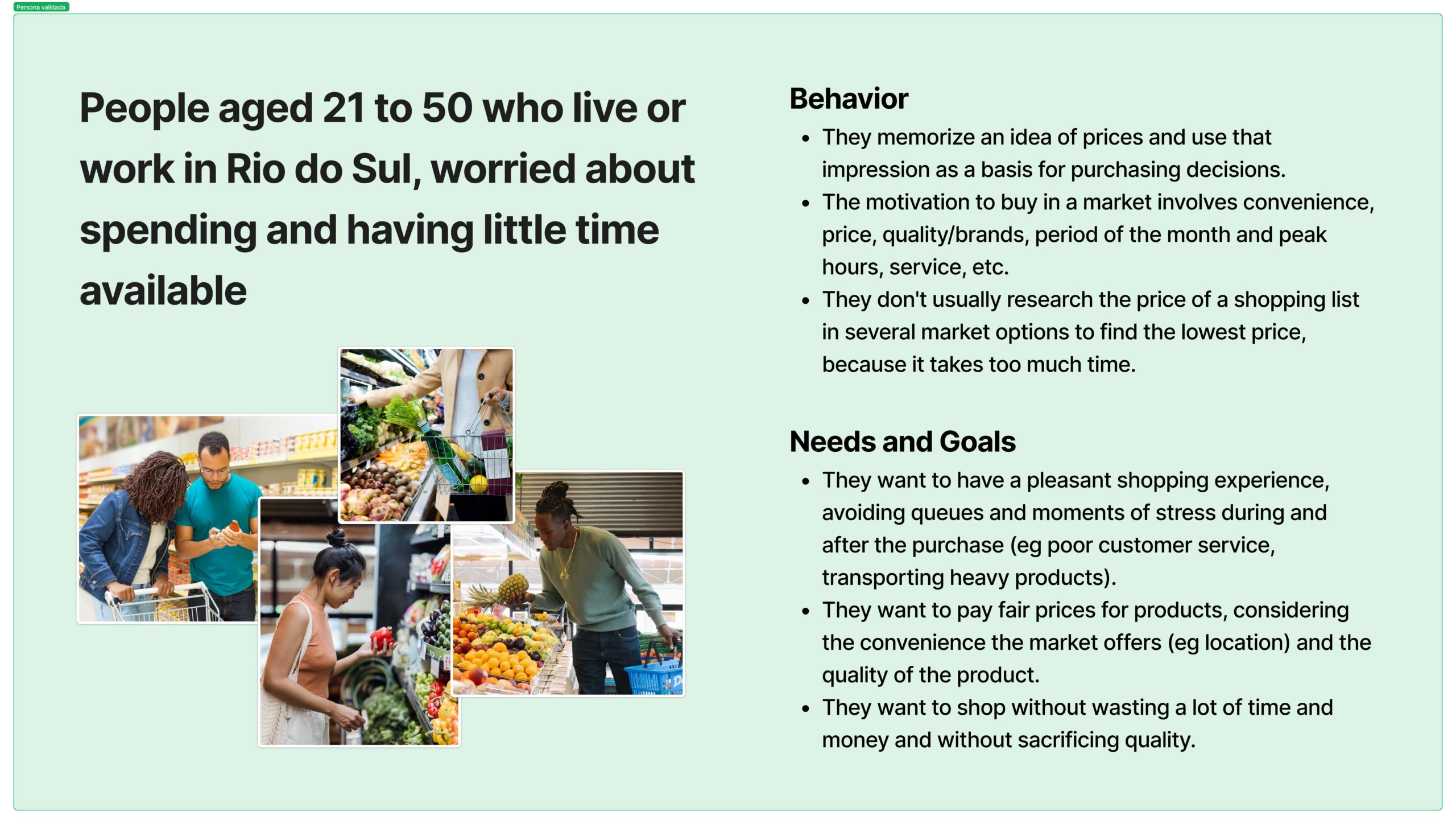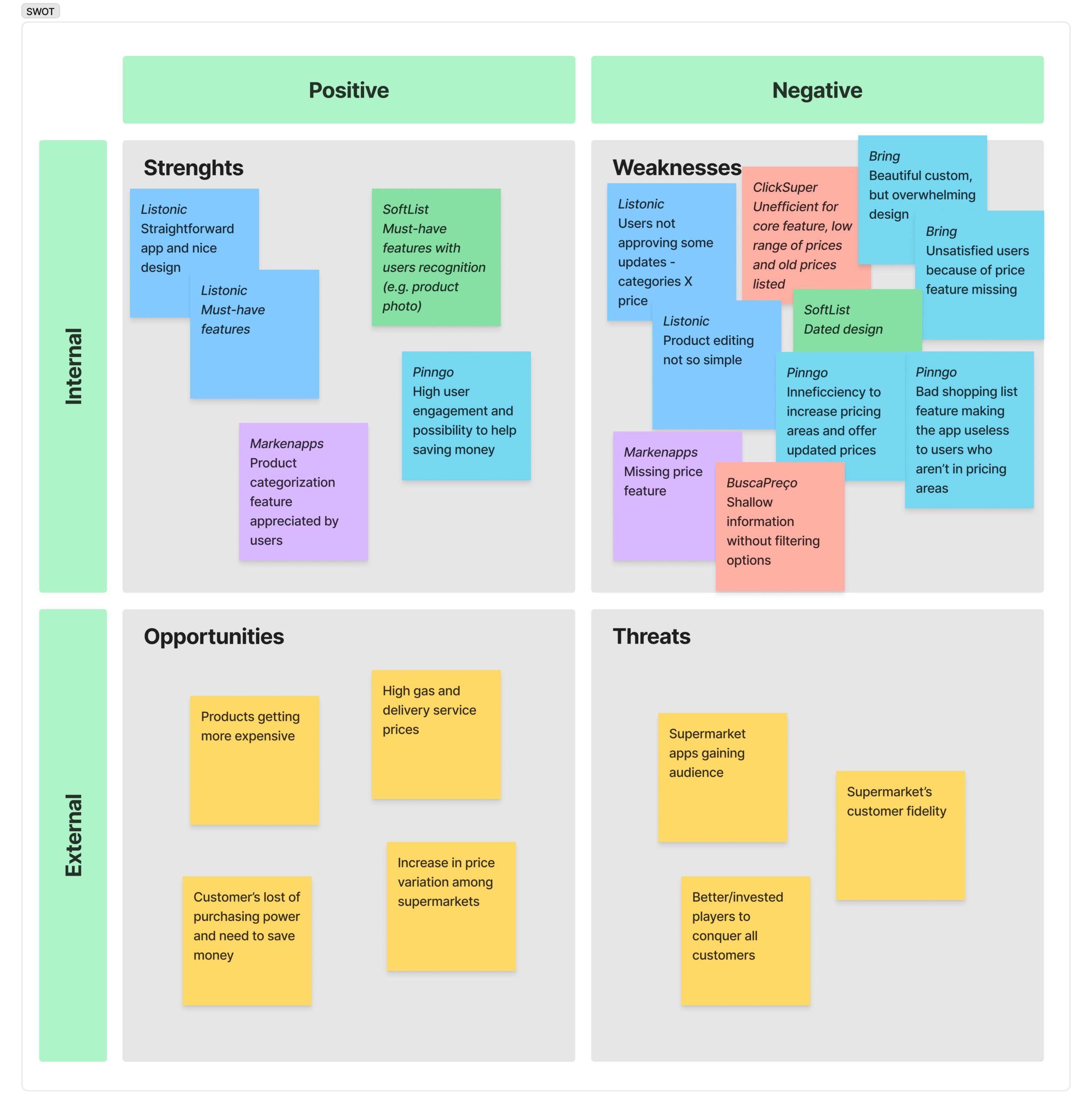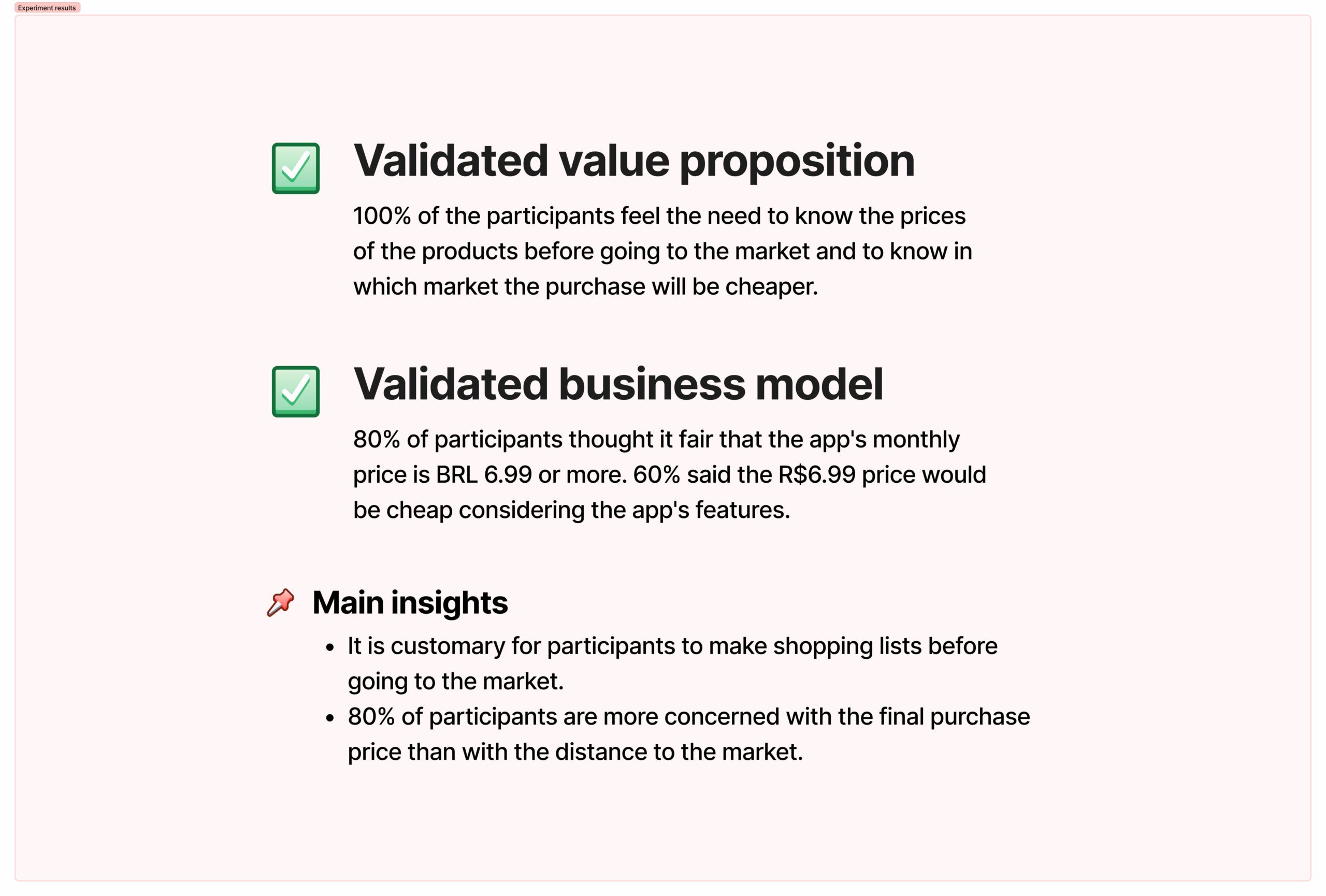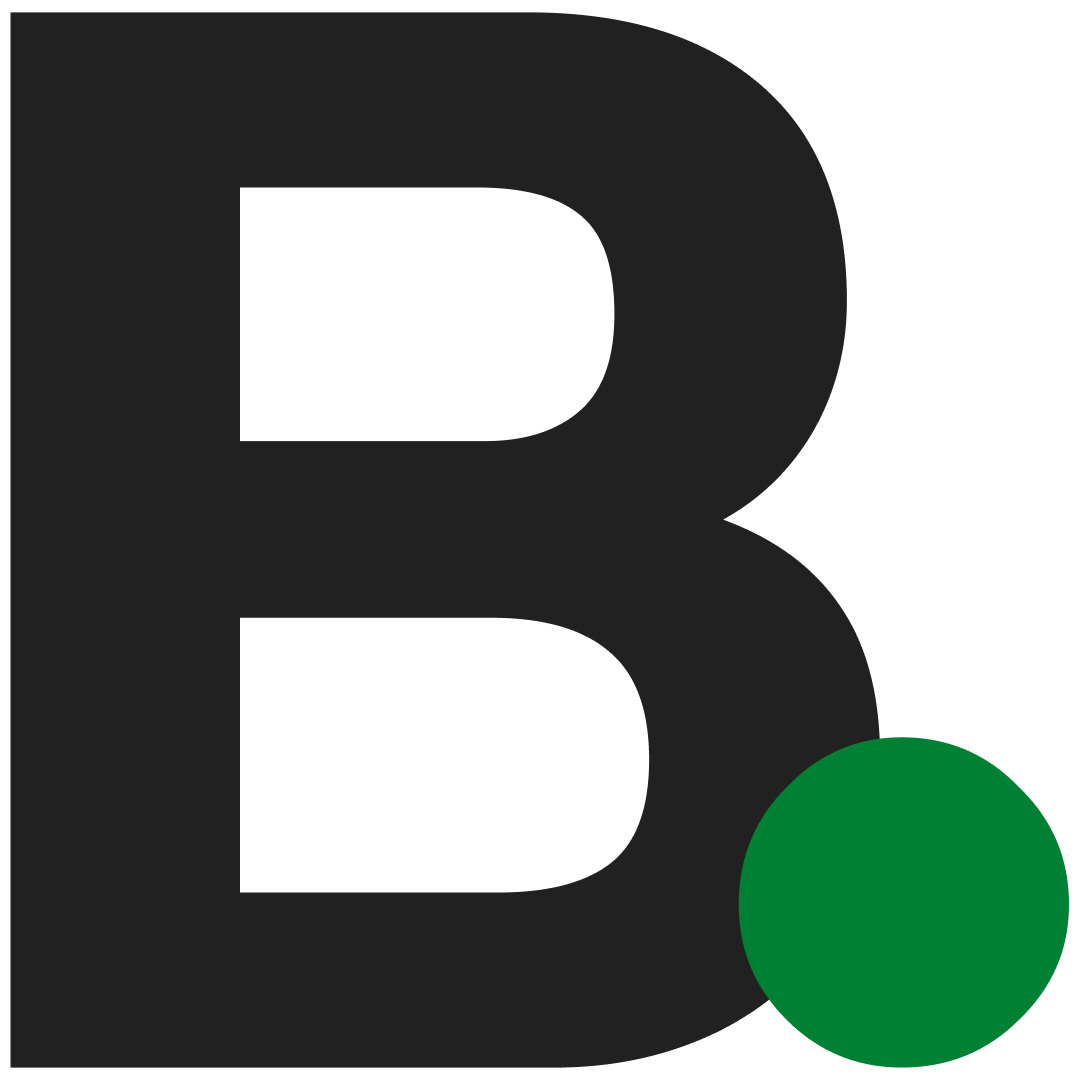Compraki (in progress)
2023
Project type: App
Launch date: Never launched, training project
My role: Discovery, Ideation, Wireframing, Prototyping
Overview
Being able to buy groceries is essential to guarantee someone’s and their families’ dignity. Unfortunately, shopping good ingredients or meals is not a good and fun time for a large amount of people in Brazil.
My proposal to contribute to that scenario was an app in which users can add their grocery shopping list and access the product’s prices on near supermarkets, along with where the shop will be cheaper or closer.
Context
With Brazil’s low salaries, the country is back on the Hunger Map and the majority of people is focused on saving money, even when the subject is to eat well.
In the last three years, the food/grocery hamper had its price elevated, consuming an average of 55% of the minimun salary. That is absurd.
A basic basket usually contains: meat, milk, beans, rice, coffee and vegetables. The reality of many people has been to survive with much less than that.
In the city of Rio do Sul, in the state of Santa Catarina (my hometown), there are several supermarkets that are quite busy. I did a brief price survey in three of these supermarkets to find out how much a basic food hamper would cost in each of them.
Here is the result:
- Market 1: BRL 163.36
- Market 2: BRL 218.55
- Market 3: BRL 180.02
That is, there is a difference of up to more than 33% between market prices.
This highlights how important researching prices before shopping is and can often define a family’s dietary health.
The problem
How to help people make market purchases consciously, knowing where the purchase would be cheaper, without wasting time researching the prices of products in each market?
Discovering user profile and problem
To better understand the problem that people in Rio do Sul are facing with grocery shopping, I created a provisional persona, based on my assumptions, to define a group of people to interview.
Then, I ran a qualitative research to find out more about people’s daily lives and behavior regarding grocery shopping.
Research learnings
I interviewed 12 people with an average age of 32 years old. 5 out of 12 live alone and all of them purchase grocery in Rio do Sul.
- 53.8% don’t like wasting time in the market and 23.1% don’t like when the market is full;
- Only 33.3% reported that they like shopping;
- At least 41.7% reported that they make a shopping list, but at least 58.3% of them buy items off the list;
- 91.7% report that they notice price variations between supermarkets, but 75% do not do price research before buying;
- 66.7% of people report that they already have an idea of the prices of the items they buy, based on previous purchases;
- 50% “already know” where the items they need are cheaper and buy in those places (divide the purchase) and 25% buy the items in the market they are in, even if the price of an item is more expensive than usual.
User persona
With that insight, I was able to define the target user for the app:
People who live in Rio do Sul and region who work full time and don’t have enough free time to shop in an informed and relaxed way.

Competitive analysis and feature discovery
For the competitive analysis, I downloaded dozens of apps and visited dozens of related websites.
I made a spreadsheet where I wrote down several characteristics of each competitor that I considered direct and indirect to my solution.
I also read dozens of those competitor’s Google Play Store reviews to understand how their users felt about the apps and collect insights for my own solution.
I then summarized these findings into a SWOT matrix to facilitate the ideation phase going forward.
Note that, despite considering the high cost of food and people’s low purchasing power a serious and sad problem, for the application we are building, this can be considered an opportunity, from a business perspective.

Messy SWOT matrix that helped me define interesting features for my solution.
The solution: connecting markets to customers in a simpler way
Thinking about possible solutions, I talked to a fellow developer to better understand what would be more feasible to build.
We arrived at the idea of an application that integrates with supermarket databases.
The basic idea is: the user adds the items they need to buy, the application searches for the prices of these items in each market in the region close to the user and presents the prices individually.
In addition, it is possible to compare in a more macro way, seeing in which market the purchase of the complete product list would be cheaper and which market would be closer.
The main benefit for supermarkets to integrate is that they would appear for customers according to their location and prices, along with the possibility of, in the future, get highlighted on an ad/publicity area of the app.
My solution
An app that allows consumers to create their shopping list and see which supermarket in the region would buy them the best value for money, without leaving home.
Prototyping for experiments
Having the solution defined, I started sketching the user flow and some UI ideas for the app.
I created a simple cluster of screens that would be needed for experimenting with potential users.
Basic prototype used for experimenting.
User research
To verify if the solution was attending to users needs, I made a research with 5 people.
I asked them to imagine they were nedding to grocery shopping and someone recommended this app for them.
Then, they interacted with the prototype, using the ‘think aloud’ protocol to help me understand their mental model, doubts and intents.
The hyphotesis I wanted to verify was:
- Testing value proposition (minimum success criteria: 80% positive feedback)
The customer segment would like to know how much their purchases would cost in each market because they want to know where it would be cheaper or closer.
Result: 100% positive feedback - Testing business model (minimum success criteria: 80% positive feedback)
The customer segment will pay a minimum of BRL 6.99 per month to use the app.
Result: 80% positive feedback - Testing key feature #1 (minimum success criteria: 60% positive feedback)
The customer segment feels the need to create shopping lists.
Result: 80% positive feedback - Testing key feature #2 (minimum success criteria: 60% positive feedback)
The customer segment cares more about the final purchase price than proximity to the market.
Result: 80% positive feedback

Summary of experiment results.
Learnings and next steps
In this project, I followed the guidelines of Jaime Levy in UX Strategy book.
I had the opportunity to practice various UX techniques, while constantly thinking about the principles: business strategy, value innovation, validated user research and hassle-free UX.
I felt free to explore the problem and the solution.
The next step of the project will be to create a high fidelity prototype to better define the possible interactions, such as editing items of a list and adding multiple items of the same product.
Also, to perform more user tests to solidify the learnings about the persona problem and the intended business model.
